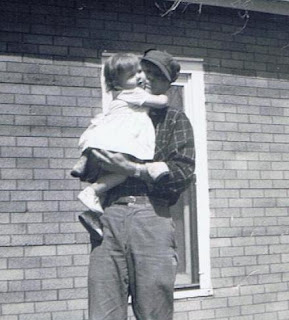Minerva Ardella TERRY was born 9 Sept 1880 in Barry Co., Mo and died 15 Aug 1898 in Barry Co., Mo. She was the 13th child of John King TERRY (1838-1918, Civil War Veteran) in Barry Co., Mo and wife Mary Ann RIDDLE (1838-1923). She and her brother, Granville E. Terry (1877-1898) who died in the same accident, are buried in Row 9, south side of the Arnhart Cemetery. Nearby are her parents.
One version of the story is that she went out on a moto bike built by a brother or other relative and died in an accident. The motocycle was a new concept and in 1898 had only been around a few years. Read more about early motorcycle here.
A search of Missouri online death certificates has not located one for Minerva. A brief search of newspapers was made but no death notice located. Find-A-Grave lists her in the Arnhart Cemetery near Purdy, Missouri. This cemetery was the last resting place for many of this Terry clan over the decades. It is assumed she died in Barry Co., Missouri. Anyone with help or information please contact me.


























 rippled since he was in his late teens, kicked by a horse, walked with a cane for years. He could drink coffee as hot as anyone could make it. He was an impatient and gruff person, all us grandchildren were a littleafaid of him. " Her sister, Elva Cochren Merry, remembered, "He loved soda crackers, he would fill a plate and have a cup of coffee or hot tea. That was a snack for him. He was pretty grumpy, maybe from pain in his leg from an early injury, but once some of the children and grandchildren were playing and running around through the house. He told them to stop their noise and foolry. They did not listen and the next circuit they made through the house and his chair, he just set his cane out and tripped the first ones. They listened after that!"
rippled since he was in his late teens, kicked by a horse, walked with a cane for years. He could drink coffee as hot as anyone could make it. He was an impatient and gruff person, all us grandchildren were a littleafaid of him. " Her sister, Elva Cochren Merry, remembered, "He loved soda crackers, he would fill a plate and have a cup of coffee or hot tea. That was a snack for him. He was pretty grumpy, maybe from pain in his leg from an early injury, but once some of the children and grandchildren were playing and running around through the house. He told them to stop their noise and foolry. They did not listen and the next circuit they made through the house and his chair, he just set his cane out and tripped the first ones. They listened after that!" 



















 Son of Daniel Verne Willard and Joy Wisdom.
Son of Daniel Verne Willard and Joy Wisdom.

